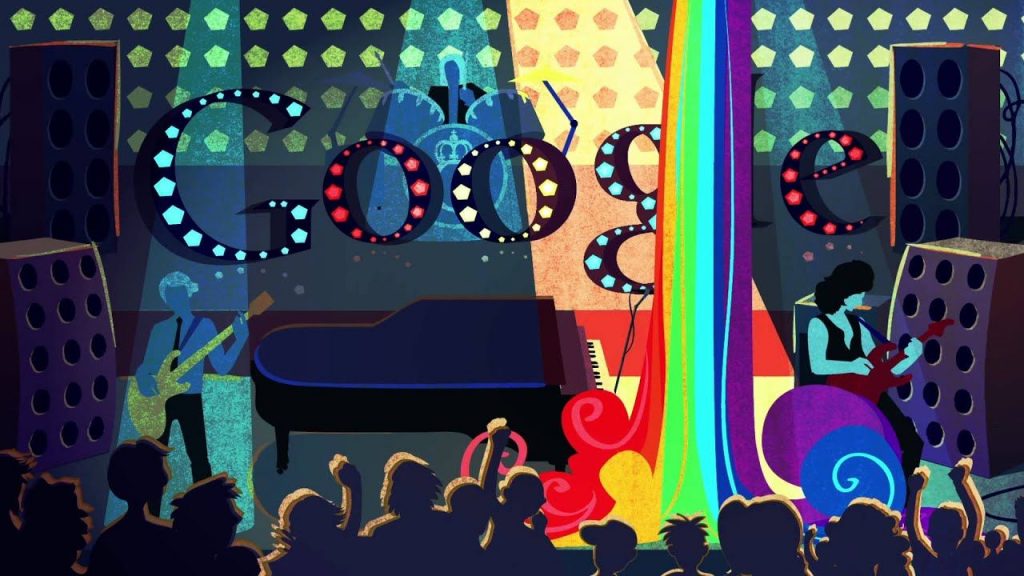
If learning the truth is the scientist’s goal… then he must make himself the enemy of all that he reads.” Ibn Al-Haythamīorn in Basra, he spent most of his productive period in Cairo and earned his living authoring various treatises and tutoring members of the nobilities. A polymath, he also wrote on philosophy, theology and medicine. Sometimes called “the father of optics”, he made significant contributions to the principles of optics and visual perception in particular, his most influential work Kitāb al-Manāẓir (Book of Optics”), written during 1011–1021, was translated into Latin. 1040) was an Arab mathematician, astronomer, and physicist of the Golden Age of Muslim civilisation.
#Google dooble full
He was also an early proponent of the concept that a hypothesis must be proved by experiments based on confirmable procedures or mathematical evidence-hence understanding the scientific method five centuries before Renaissance scientists.Al-Hasan Ibn al-Haytham (Latinized Alhazen full name Abū ʿAlī al-Ḥasan ibn al-Ḥasan ibn al-Haytham c.
/arc-anglerfish-arc2-prod-shropshirestar-mna.s3.amazonaws.com/public/ZXO3D5UL7VDBVJHKPA5HPRVGLA.jpg)
Ibn al-Haytham was the first to explain through experimentation that vision occurs when light bounces on an object and then is directed to one’s eyes. “So one wonders, who those giants were?”, let’s find out! If I have seen further it is by standing on the shoulders of Giants.” Isaac Newton With an image of a brain and engraving of ‘Ratione’ (reason in Latin) on the plinth holding Ibn al-Haytham, Hevelius credits him as a pioneer of the rational scientific method.

The image on the right-hand side depicts Galileo Galilei, who is set across the page from Ibn al-Haytham (Latenised Alhazen or Alhasen) who is considered by some as the ‘father of optics’ and as ‘first scientist”. Johann Hevelius, Selenographia (Gdansk, 1647) The image shows two prominent scientists as a sign of respect and appreciation from Hevelius for the work they did and world benefited from. 17th-century Polish astronomer Johannes Hevelius, for example, created what could act as a Google Doodle of the past on the front piece of his famous Selenographis. Honouring prominent figures as a sign of respect and appreciation is a century old habit. They might not be as well known as Aristo or Newton but if you dig a little deep you will definitely appreciate the importance of highlighting their contributions in Google Doodle. Google Doodle, from time to time, honours prominent figures from the history of Muslim civilisation – not just political or religious figures but – from scholars to poets, scientists, astronomers, travelers, physicians – people who contributed to our daily life with their discoveries and innovations in many fields.

Before we start, let’s find out what is Google Doodle, than let’s explore its connection with Muslim Civilisation:


 0 kommentar(er)
0 kommentar(er)
